- Aug 23, 2020
- 3,762
- 17,690
- 746
I noticed earlier today that one of the little BA chicks had something stuck to her foot, I caught her and tried to take a look as she was flailing her feet, and noticed that things didn't look right. She had little bumps under her feet and these thin fingery things sticking out of her soles. I checked the others and she is the only one like this.
I wasn't sure what to do so I soaked her feet in warm water, cleaned them up, I got three little poop type bits picked off from 3 of the worst spots, exposing more of this fingery flesh. I put antibiotic ointment on it for tonight and jumped on here to see if anyone can identify this. I tried to get some photos, sorry they aren't the best. She isn't very tame and is very squirmy.
She has been out on the screen porch, concrete floor, and in the brooder box with shavings. I have 3 BA's from the same hatch and their feet are fine, as are the other 11 chicks who are 7 weeks old. They've all been raised in the exact same conditions together.
I feel so bad for her and want to get her fixed up.
I wasn't sure what to do so I soaked her feet in warm water, cleaned them up, I got three little poop type bits picked off from 3 of the worst spots, exposing more of this fingery flesh. I put antibiotic ointment on it for tonight and jumped on here to see if anyone can identify this. I tried to get some photos, sorry they aren't the best. She isn't very tame and is very squirmy.
She has been out on the screen porch, concrete floor, and in the brooder box with shavings. I have 3 BA's from the same hatch and their feet are fine, as are the other 11 chicks who are 7 weeks old. They've all been raised in the exact same conditions together.
I feel so bad for her and want to get her fixed up.
Attachments
-
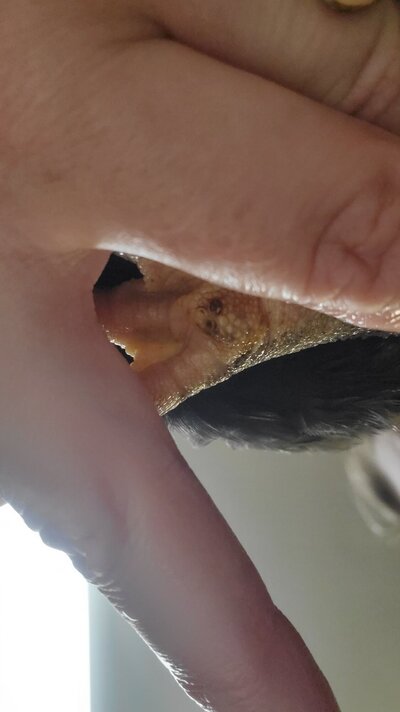 20210411_202438.jpg174.7 KB · Views: 60
20210411_202438.jpg174.7 KB · Views: 60 -
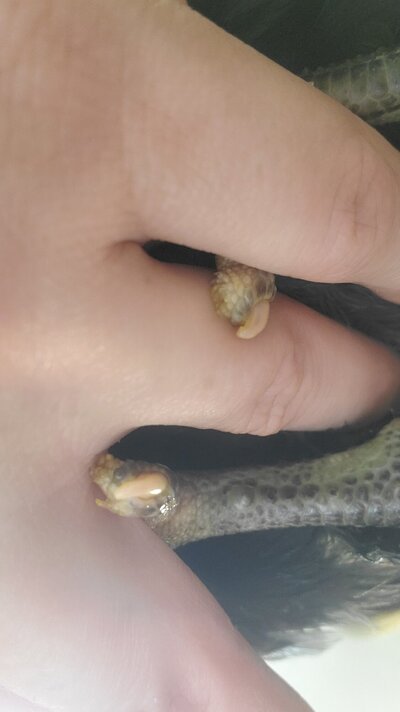 20210411_202456.jpg178.2 KB · Views: 31
20210411_202456.jpg178.2 KB · Views: 31 -
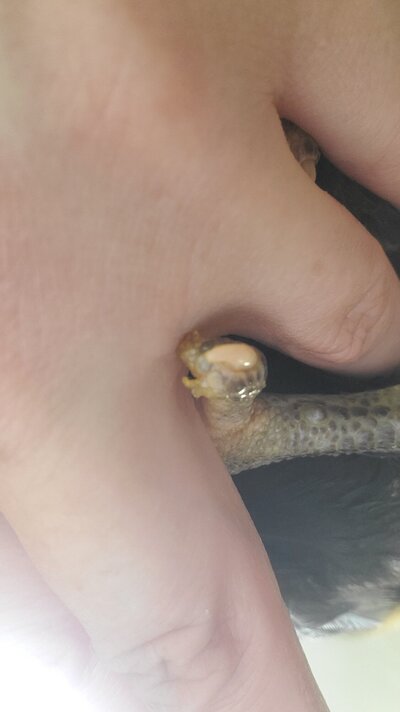 20210411_202504.jpg161.5 KB · Views: 32
20210411_202504.jpg161.5 KB · Views: 32 -
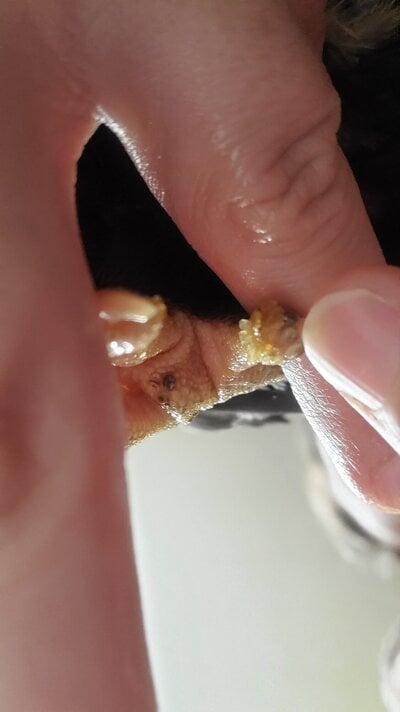 20210411_202535.jpg187.6 KB · Views: 34
20210411_202535.jpg187.6 KB · Views: 34 -
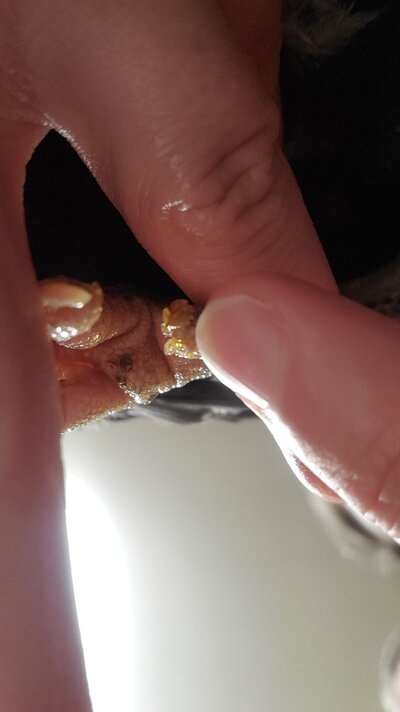 20210411_202539.jpg172 KB · Views: 31
20210411_202539.jpg172 KB · Views: 31 -
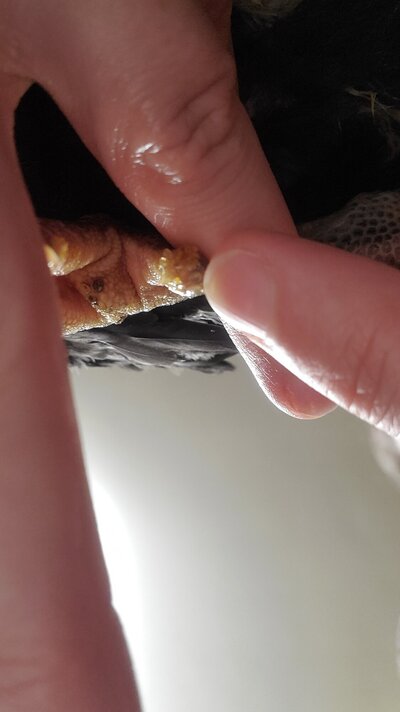 20210411_202546.jpg173.9 KB · Views: 29
20210411_202546.jpg173.9 KB · Views: 29 -
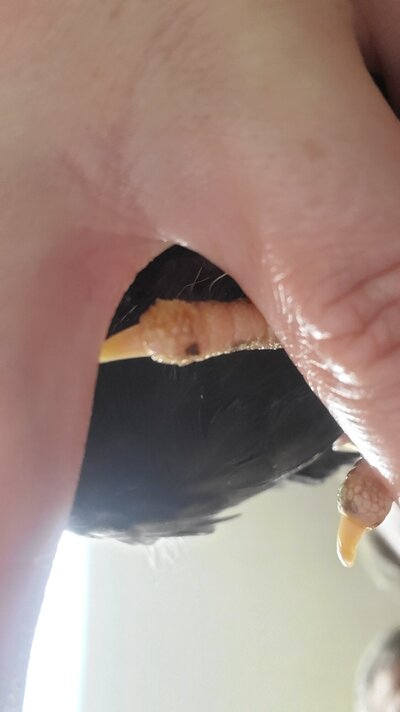 20210411_202556.jpg161.5 KB · Views: 26
20210411_202556.jpg161.5 KB · Views: 26 -
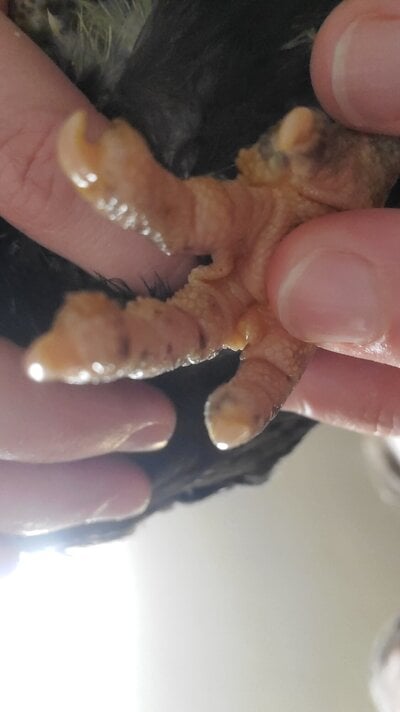 20210411_202605.jpg138.1 KB · Views: 25
20210411_202605.jpg138.1 KB · Views: 25 -
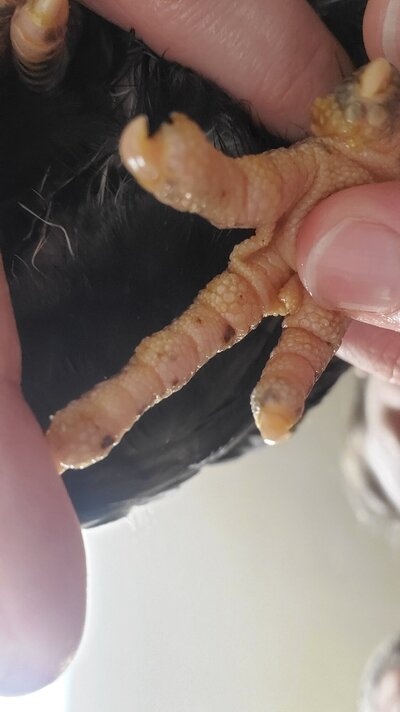 20210411_202611.jpg221.2 KB · Views: 23
20210411_202611.jpg221.2 KB · Views: 23 -
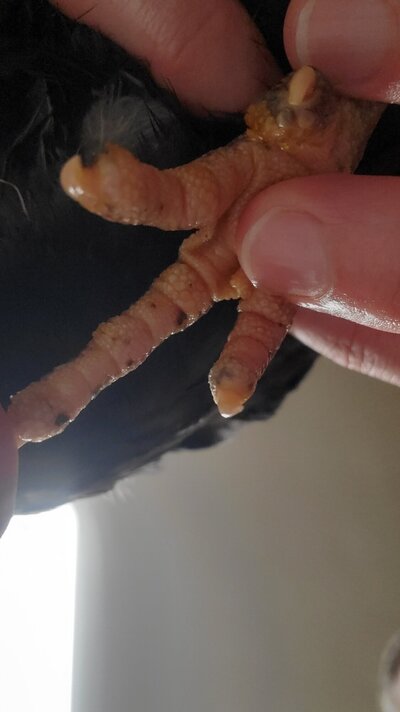 20210411_202617.jpg191.3 KB · Views: 30
20210411_202617.jpg191.3 KB · Views: 30






